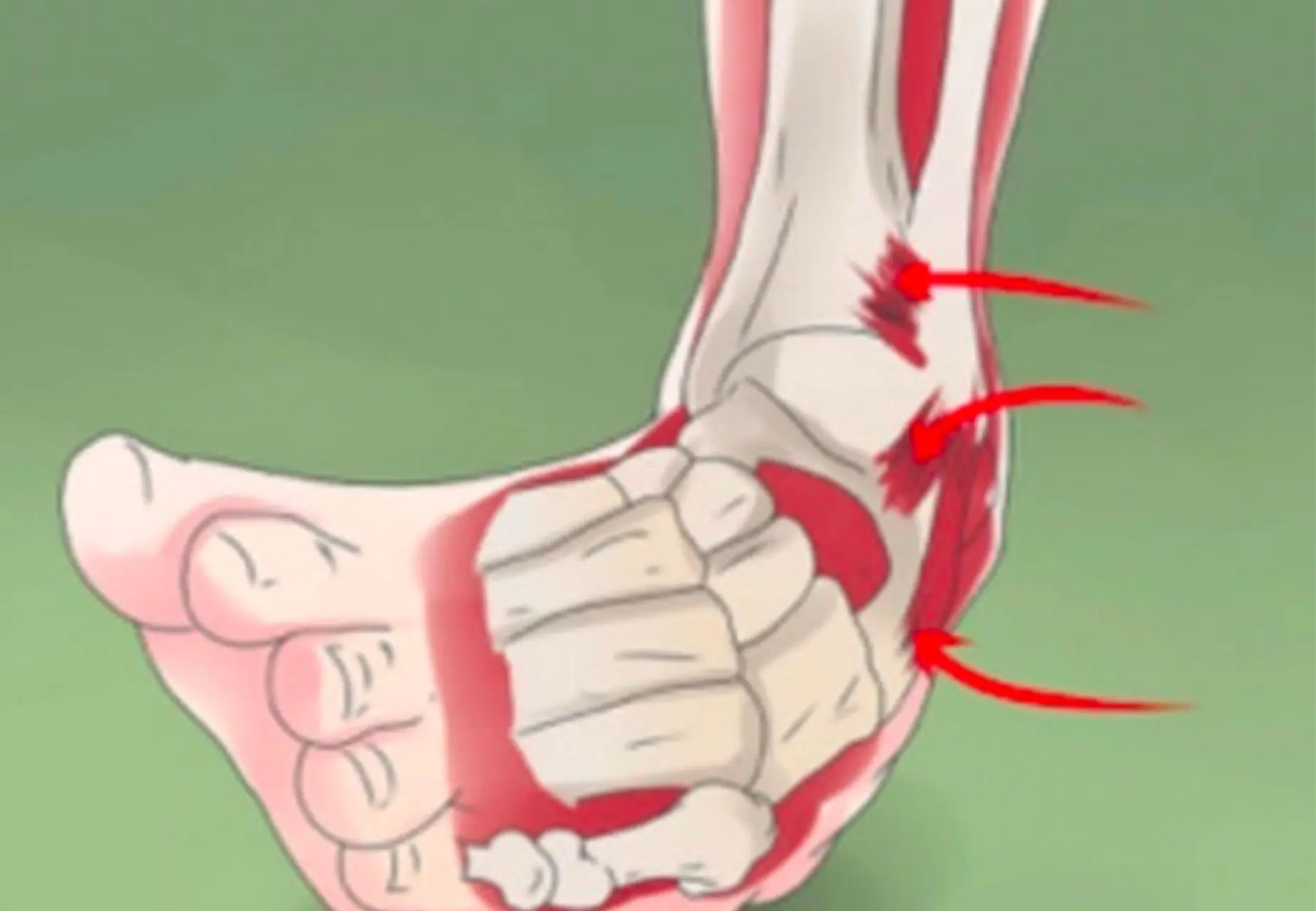Ankle sprains are a common occurrence and something that we see frequently at Kaizen. These injuries can range from a minor, first-time roll of the ankle to chronic, recurring ankle sprains that just keep happening – sometimes leaving you hobbling around with an ankle that is swollen and black-and-blue.
Oftentimes these injuries are minor and don’t require any X-rays or surgical intervention, and can be treated with some physical therapy aimed at gaining strength/stability and proprioception (perception or awareness of the position and movement of the body).
In some injuries, however, you can also have a fracture in the bones of the ankle or even in the foot. When this happens, we often see avulsion fractures where the force on the ankle from the sprain is so much that it breaks off a portion of the bone with it.
We also sometimes see what is called a Jones fracture. This is a fracture in the base of the 5th metatarsal, a bone in your foot. The type and severity of these injuries determines how they are treated. A minor ankle sprain calls for early weight-bearing through that foot.
However, if there is a fracture, there needs to be a period of offloading and possibly immobilization depending on the severity and how stable the fracture is. If the injury is very unstable, it may call for surgery, which means even more rest and healing time prior to a more conservative rehab program initially.
How do I know if I need an X-ray?
|
Body tempering (BT), a form of soft tissue mobilization developed by Donnie Thompson in 2014, is performed by placing heavily weighted cylinders across muscles, tendons, ligaments and fascia. As a result, this can help prepare the muscle for activity and improve muscle recovery. Think of it as foam rolling on steroids. Because of this uncertainty, people often ask if they should get an X-ray or whether or not they need an X-ray before they come to see us. The answer, of course, isn’t always clear-cut and can vary depending on the context of the injury. Fortunately there is a screening tool, called the Ottawa Ankle Rules, that we can use to help us make this decision. |
5 Components to Test:
An Ankle X-ray is only required if:
A foot X-ray series is indicated if:

This screening tool has a very high negative predictive value, which means that if you can take four steps AND you do not have tenderness in those specific areas, it almost certainly means you do not have an ankle fracture, thus you do not need to get an X-ray. Now, if you cannot take four steps or do have tenderness in those areas, that does not necessarily mean that you do have a fracture, it just means you should see your physician and get an X-ray. The specificity (ability of the test to determine if someone has a fracture) of the Ottawa ankle rules is low. It is simply a screening test to rule out if someone has an ankle fracture, not to rule in if you do indeed have an ankle fracture. |
Ankle X-Ray Screening Questions
|
Bachmann, L. M., Kolb, E., Koller, M. T., Steurer, J., & ter Riet, G. (2003). Accuracy of Ottawa ankle rules to exclude fractures of the ankle and mid-foot: systematic review. >BMJ (Clinical research ed.), 326(7386), 417.
Physiopedia. (n.d.). Ottawa Ankle Rules. Retrieved August 4, 2020, from
Lau, M. (2020, February 1). Do I Need an X-Ray After an Ankle Sprain? 𝙏𝙝𝙚 𝙋𝙧𝙚𝙝𝙖𝙗 𝙂𝙪𝙮𝙨 | Online Physical Therapy.
Medical Disclaimer:
This website does not provide medical advice and does not direct that you undertake any specific exercise or training/rehabilitation regimen. Consult with a physician before undertaking any information found on this website. All visitors to this site must consent to the Terms of Use & Privacy Policy.



